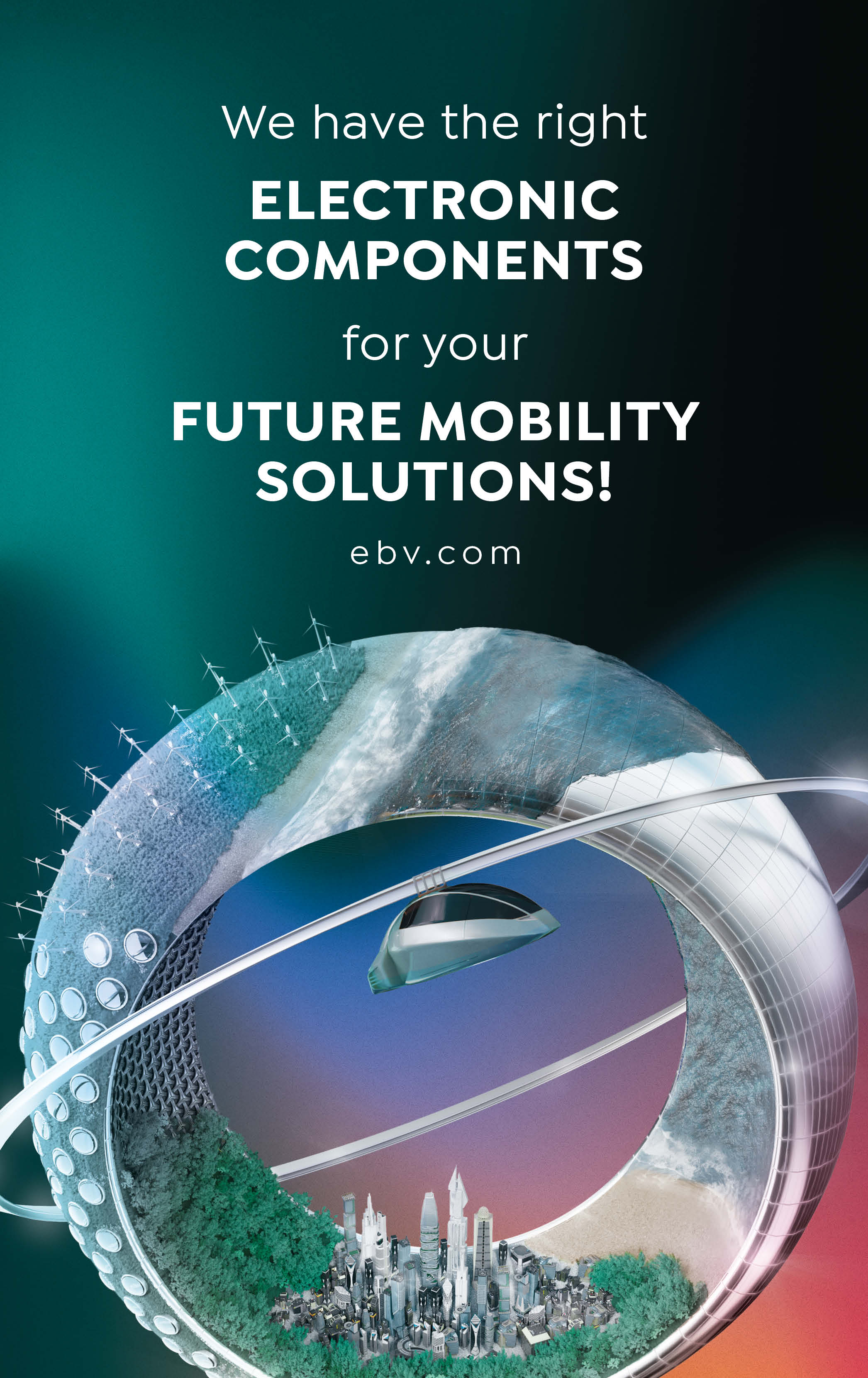While in the car sector there is a clear trend towards using battery-electric drives, in the heavy-duty commercial vehicles sector, it is still being discussed which traction system is most suitable for trucks, buses and work machines. Competing in this space are battery-electric drives, fuel cells and combustion engines powered by hydrogen or renewable fuels such as biogas.
“To reconcile the increasing distances driven for goods transport with the need to keep transport emissions low, at MAN Truck & Bus we have decided to use battery-electric drives,” says Dr Frederik Zohm, Executive Board Member for Research and Development at MAN Truck & Bus.
In the research project NEFTON (commercial vehicle electrification for improving network links in the transport sector), the company has joined forces with five partners from industry and science. The project partners consider Megawatt Charging Systems (MCS) with a charging capacity in the megawatt range as the key technology to achieving their objectives. Currently being tested are charging currents of 3,000 A, which enables an electric truck to be fully charged in 15 minutes. For this, the Technical University of Munich is collaborating with MAN Truck & Bus and the Deggendorf Institute of Technology to develop new concepts with charging capacities in the range of three megawatts.
Electric vehicles in long-distance public transport
By contrast, Danish bus company Vikingbus is soon set to put electric buses into operation; by the end of 2022, it had already ordered 31 fully electric, battery-powered buses from Mercedes-Benz. They will mainly be used in the community of Køge, on the longest city bus line in Denmark: sometimes the buses have to travel more than 500 kilometres a day. For this, the 31 buses are equipped with batteries with a high energy density and total capacity of 588 kilowatt hours.
An alternative to using large batteries is to charge batteries during the journey. In this case, the vehicles are equipped with a pantograph, which is essentially no different to what is already in use in trains: using a current collector, the truck or bus charges its battery during the journey via an overhead line.
These kinds of trucks are still only in operation within the scope of research projects. Nevertheless, the Austrian metropolis Vienna has already ordered 60 buses that have current collectors to enable fast charging with up to 300 kilowatts, thus increasing the range and operating times.
High ranges with hydrogen
“Despite the output of battery-electric drives, hydrogen still remains an interesting alternative,” says Axel Blume, Head of the “Climate-friendly commercial vehicles” team at the National Organisation Hydrogen and Fuel Cell Technology (NOW GmbH): “In addition to battery and overhead line trucks, commercial vehicles with hydrogen fuel cell drives have huge potential to make road-based goods transport in Germany more sustainable and help to reach climate policy targets.”
In principle, hydrogen is a promising energy source for transport logistics due to its short refuelling times, high payload, application versatility and attractive range capacities. Recent announcements from different vehicle makers indicate that, by the end of the decade, around 50,000 hydrogen-powered heavy-duty commercial vehicles will be in operation in Europe, providing that the general conditions and the refuelling infrastructure are in place. Though at the moment they are still scarce.
Fuel cells for energy-intensive applications
December 2022 was the first time that a series-production hydrogen truck was approved to drive on public roads in Germany. It is operated by the company Hylane, who offer hydrogen trucks with different bodies and installed equipment on a user-based rental basis (“pay-per-use-model”), whereby customers only pay for the kilometres they have actually driven.
Sara Schiffer, Managing Director of Hylane says: “There are various different theoretical studies on using hydrogen, but not enough robust practical experience. As of today, our first vehicle will help us understand how the use of hydrogen in the mobility sector can be scaled up for the market in future.”
The “XCIENT Fuel Cell” Hyundai vehicle has a range of around 400 kilometres. The hydrogen is stored in seven tanks which, depending on the temperature, can be fully refuelled in eight to 20 minutes.
Another company that is looking into fuel cell trucks is Volvo, although the trucks are still in the test phase.
“Electric trucks with hydrogen-powered fuel cells are particularly suitable for long distances and heavy-duty, energy-intensive tasks. They could also be an option for countries that have limited possibilities to charge batteries,” explains Roger Alm, President of Volvo Trucks.
The manufacturer is expecting fuel-cell-powered electric trucks to reach a range that is comparable with many diesel trucks – up to 1,000 km – with a charging time of less than 15 minutes. However, Volvo isn’t planning to launch the truck to market until the second half of the current decade.
It is yet to be seen which system will ultimately win the race in the decarbonisation of commercial vehicles. There will most likely be a combination of different drives and energy sources – as varied as the applications in this sector.
In modern economies, 73 % of road-transported goods are hauled across distances of 150 km or less, and on routes for which no other mode of transport would be realistic. Less than 2 % are hauled across more than 1,000 km.
77 percent of all goods hauled in the European Union by road are transported by truck.
6.2 million trucks are in operation today on European roads.
0.2 percent of all current trucks have battery-electric drives.
Source: ACEA

